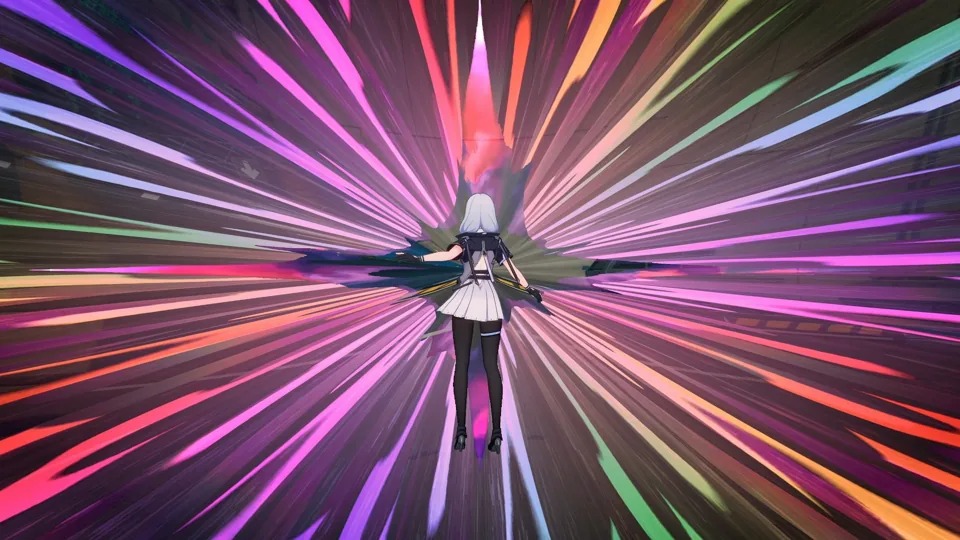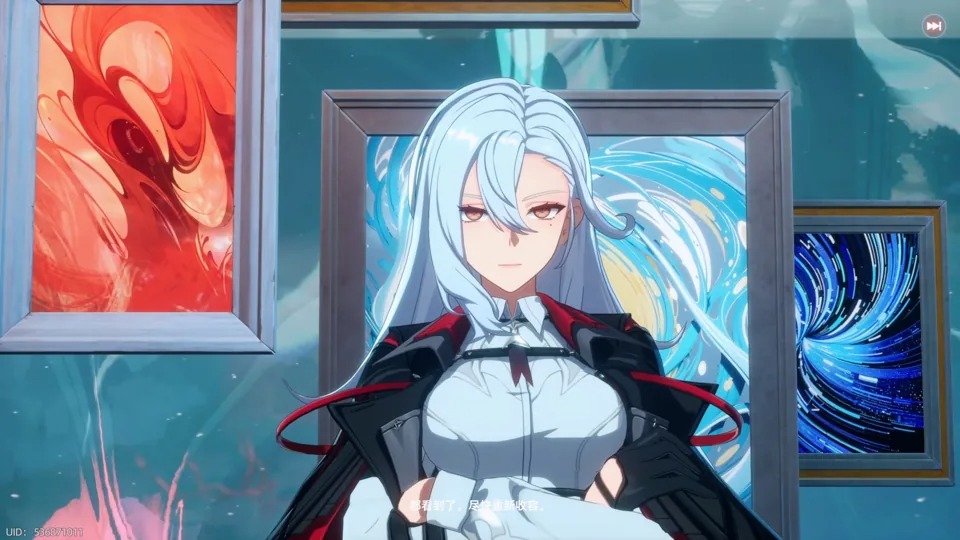Enotria: The Last Song Review – Complex RPG with Performance Issues
904
2024 / 09 / 24
On September 22, the offline testing event for "E-ring" allowed players to experience the prologue and first chapter of the game's main storyline on PC, along with about an hour of free exploration.
Since I didn’t skip any dialogues or cutscenes during the main storyline, it took about an hour and a half to complete, leaving little time for free exploration. Although I got to experience some of the highlighted features from the first PV, such as driving, buying a house, and battling motorcycle bosses, I still felt like I only explored a small part of the map and was left wanting more.

The producer stated that the version we played would differ significantly from the final version; mainly, the playable areas were limited and some subsystems were not implemented. However, the main storyline and some attractive features from the PV were available for testing. While exploring the game's large map, I encountered few noticeable bugs, especially enjoying the feeling of free climbing and searching for items.
From my subjective experience, even in its incomplete form, "E-ring" basically achieves the highlighted features shown in the previous PV. The camera work, character performances, and voice acting during story cutscenes were all quite impressive.

There’s a radio to listen to while driving. The combat design combines stylish action with convenient controls, making it very easy to get started. Teaming up with teammates to execute flashy combo moves to finish off enemies feels seamless. Besides a few areas in the city that felt a bit empty due to the lack of exploration and interaction content, I was deeply impressed by "E-ring," which closely aligns with the theme of "urban open-world supernatural." It is undoubtedly a strong competitor in the 2D open-world genre.
New urban legends + containment elements + urban culture One and a half hours was just enough to fully experience the prologue and first chapter of the game. The voice acting, camera work, storytelling pace, and the blend of exploration and combat all demonstrated high completion levels, indicating little difference from the final version.

The game takes place in a modern metropolis called Hightlow, with technology levels similar to our current reality, featuring skyscrapers and busy transportation lines. It is currently troubled by various evil "anomalies," causing objects to disappear mysteriously and distorting the spatial structure of entire facilities, even creating "twisted corpses" to attack intruders.
The protagonist has lost their memory but possesses an extraordinary perception of "singularities" that can eliminate anomalies, leading to an invitation from the head of the anomaly management bureau, Elphied, to join the external agency, Ebon Antiquities. Along with the team in the antiquities shop, they take on various tasks to eliminate anomalies while managing the shop.
Of course, the details of the storyline are rich, with many hints about identity and world-building buried in the first two chapters; for spoiler prevention, I will only provide a brief overview.

Locker anomaly The game’s story naturally combines urban legends and anomaly containment gameplay, using common facilities and items to build suspense and create exploration scenarios, such as endlessly extending subway cars and vending machines that suddenly become enemies. The atmosphere of several story cutscenes was well done, and the shocking moments were executed without dragging on, truly reflecting the producer's idea of "creating game content around urban life."


Another highlight of the storyline is undoubtedly the natural, genuine character performances and meticulous cutscene arrangements. Honestly, the 2D open-world genre has become increasingly niche, and fewer creators are finding ways to eliminate the "awkwardness" of 2D performances. "E-ring's" cutscenes are a positive example, particularly with the character Mint, who, while having her own highlights, captivated my attention more with her candid and endearing personality than with any occasional fan service moments, which is quite rare.
Accessible and exciting combat experience Players can form teams of up to four people. In this version, besides the protagonist, only Mint, Nanali, and Sayaka could join. Each character has distinct weapons and attack rhythms, with some able to perform ranged attacks. However, the combat process is not very complex, even having no entry barriers, as characters basically have normal attacks, small skills, and ultimate moves, with simple UI and operation.

The typical combat flow involves spamming normal attacks, watching teammates' icons for combo opportunities, and pressing the key for that character when their icon shows lightning effects. After a flashy combo animation, players return to the cycle of normal attacks to charge energy until the ultimate move is ready for use.
This is, of course, under normal circumstances. When I first encountered the mysterious motorcycle enemy "Headless Iron Rider" from the PV, I found its strength significantly higher than the common wild creatures or side bosses on the map, highlighting the importance of perfect dodging.

Successful perfect dodges trigger special effects and brief bullet-time effects. As an open-world RPG, leveling up the team is the most effective way to face strong enemies. After using some materials given in the test version to significantly boost the protagonist's level, I was able to easily defeat the motorcycle boss.
From my perspective, while the combat design is excellent and the special effects are top-notch, the lack of depth in controls leaves a somewhat formulaic impression. I wonder if future systems will supplement this. However, the requirement to consume "dodge beads" (maximum of three) when dodging leaves ample room for imagination, suggesting that various challenging boss battles could be designed around this system.

Thoughtful urban exploration experience Due to time constraints and much of the content not being implemented, I could only have a superficial experience with a few systems from the PV during the exploration phase.
First, regarding the much-discussed driving system, this version features four types of vehicles, including two sports cars, one SUV, and one sedan, which can be summoned after purchase. The detail of needing to enter from the left side of the car is commendable. However, the driving feel and detail are not very refined, resembling the experience of driving a toy car that won’t break.
Each vehicle has different attributes and can be modified. High-speed handling becomes difficult, and there are collision feedback effects when hitting other vehicles or obstacles, but if players seek a more realistic and complex driving feel, the current version clearly falls short.

The challenge of free urban exploration lies in the mobile platform’s limitations, where many creators resort to placing items on rooftops, turning urban exploration into "rooftop exploration." The current version of "E-ring" exhibits this tendency, often requiring players to find suitable paths to climb various buildings' rooftops to touch collectibles or defeat bosses.
However, the development team has also hidden numerous exploration items and random battles in many everyday facilities and scenes, creating a well-rounded exploration experience. With almost all walls and obstacles being climbable, even this not fully developed map felt engaging while I wandered around, which is quite rare.

Conclusion The excellent first PV for "E-ring" raised many players' expectations, and like many others, I had doubts about whether the game could realize its ambitious designs. However, after several hours of gameplay, despite noticeable content gaps, the foundational structure of "E-ring" did not disappoint. In simpler terms, the promises made earlier largely came true, and the quality of cutscenes and character performances brought me significant surprises.

I specifically drove around recklessly to explore the freedom of the map, discovering many secluded areas I initially thought were inaccessible, although the lack of content made the overall map feel somewhat empty.
Beyond anomaly elimination (combat), urban exploration, and storyline progression, "E-ring" leaves ample room for imagination, and I eagerly await its refined presentation to players.
